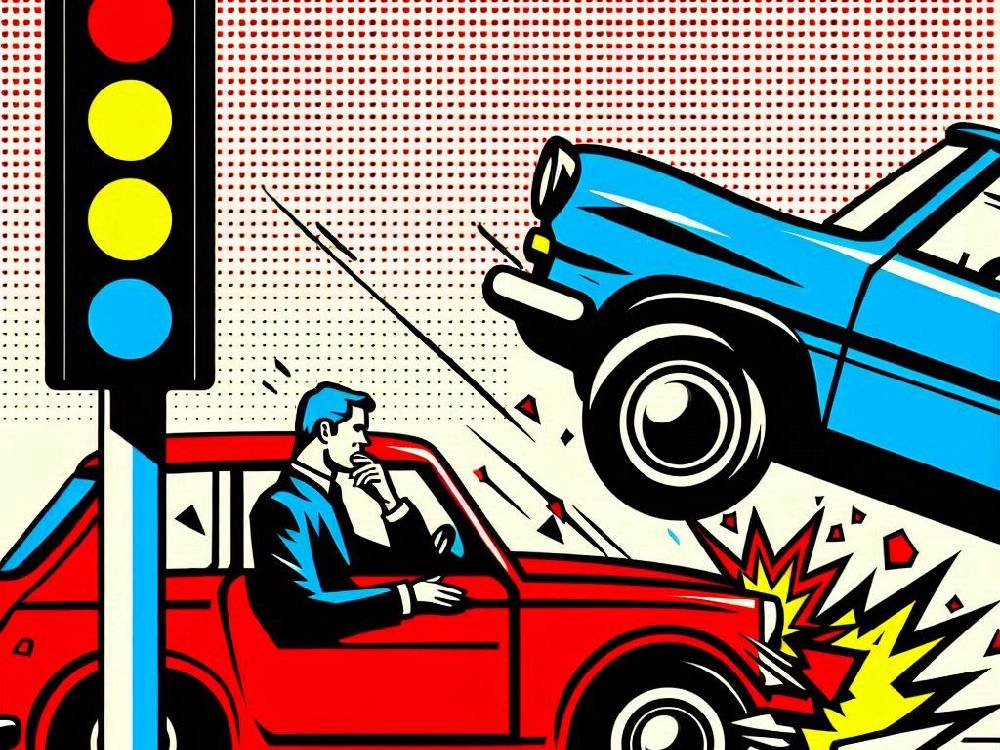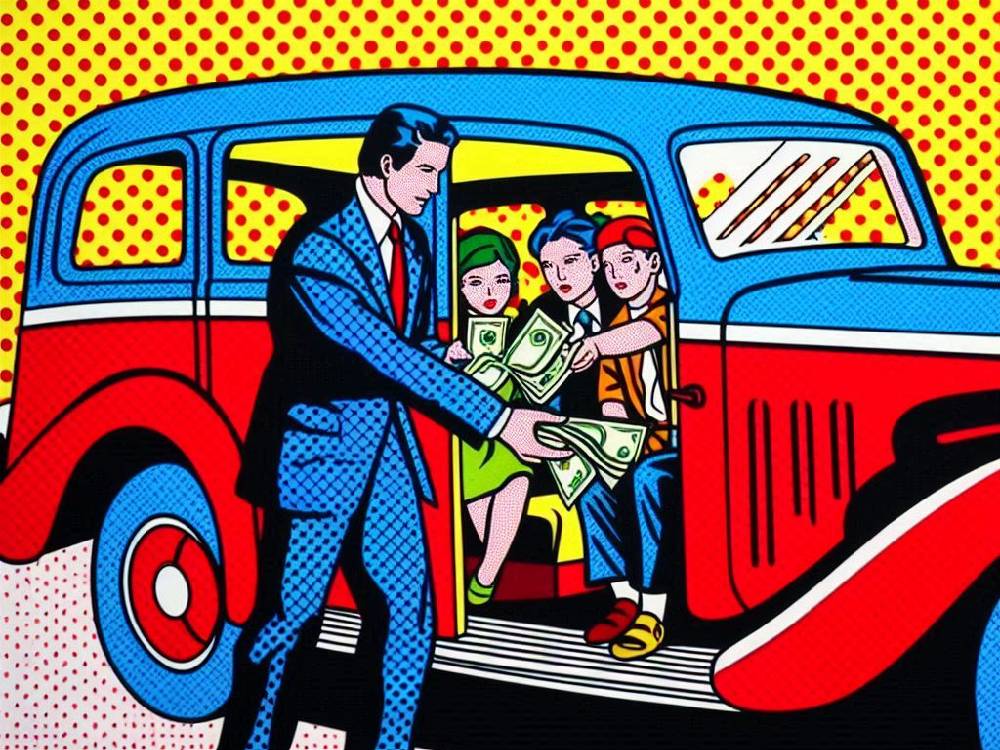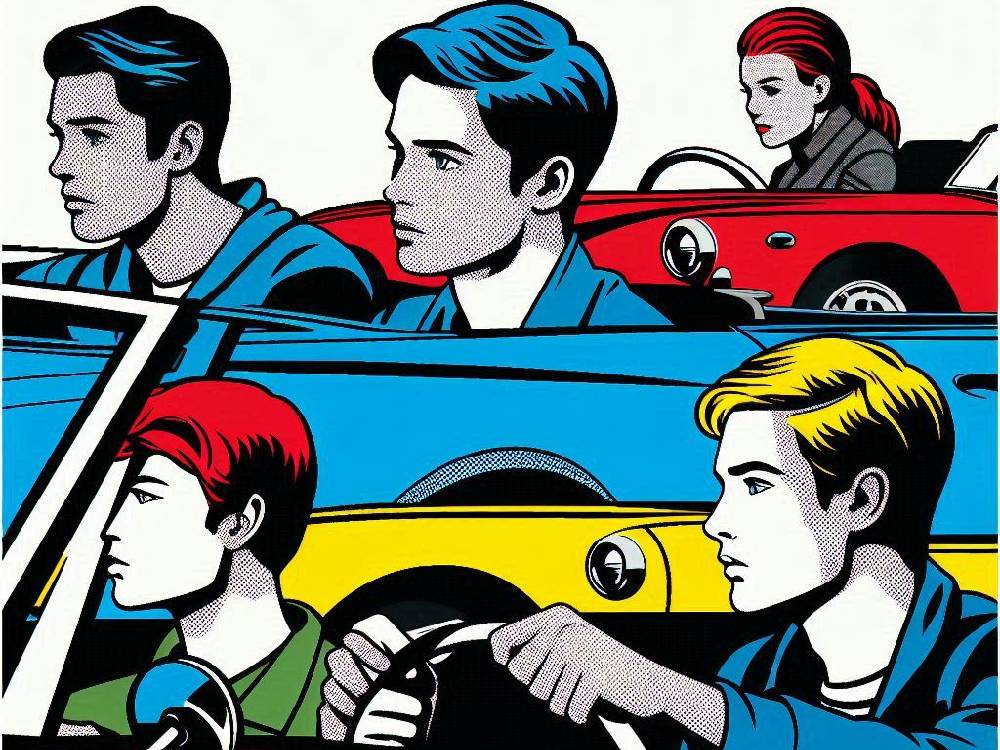Introduction
Car Insurance — Uninsured Drivers
Every 20 minutes, someone in the UK is hit by an uninsured or hit-and-run driver.
That means by the time you’ve finished reading this introduction, another innocent driver will have been caught up in someone else’s mistake.
And here’s the truth — it’s not just their problem.
When uninsured drivers hit the road, everyone pays the price.
But what can you do to protect yourself?
Let’s break it down.
Why Uninsured Driving Is A Growing Problem In The UK
Let’s face it — the cost of living is biting hard.
Fuel prices, MOTs, repairs, tax — it all adds up.
And for some drivers, skipping insurance feels like a quick way to save cash.
But here’s the catch.
Driving uninsured doesn’t just risk fines or penalty points — it can wreck your finances for years.
The Motor Insurers’ Bureau (MIB) estimates there are over one million uninsured vehicles on UK roads.
That’s one in every 38 cars.
Think about that next time you’re stuck in traffic.
Now, many of these drivers aren’t hardened criminals.
Some simply misunderstand their cover.
Others think they’re insured when they’ve switched bank cards and their direct debit failed.
Either way, the risk falls on those doing the right thing.
So, what can you do?
First, make sure you’re comparing policies wisely — starting with car insurance options designed for real UK drivers.
UK’s Worst Hotspots For Uninsured Driving: Car Insurance Uninsured Drivers
Here’s where it gets worrying.
Certain parts of the country are practically flooded with uninsured cars.
According to the MIB, drivers in Birmingham, Manchester, and Liverpool top the list for uninsured driving.
London boroughs like Hackney, Croydon, and Tower Hamlets aren’t far behind.
So what’s driving these numbers?
Urban congestion, higher insurance costs, and social inequality all play a part.
But it’s not just about postcodes.
In many cases, these are areas where drivers rely heavily on older vehicles — cars that cost more to insure than they’re worth.
Still, that’s no excuse.
The consequences can be devastating.
Here’s something to think about — even one uninsured claim can push everyone’s premiums up.
If you live in or near one of these hotspots, now’s the time to double-check your cover.
And if you’re not sure whether your vehicle is insured right now, use this guide: How do I check if my car is insured?
The Hidden Price You Pay — Even If You’re Insured
Here’s the part most people miss.
Even when you play by the rules, you still pay the price for those who don’t.
Every year, insurers pay out millions in claims caused by uninsured or untraceable drivers —
Costs that are quietly passed back to you through higher premiums.
It’s like footing the bill for someone else’s mistake.
And it adds up.
The MIB estimates uninsured drivers cost the UK economy over £400 million a year.
That’s money that could have kept premiums lower for everyone else.
Want to know how to fight back?
Start by choosing a car that’s cheap to insure.
Here’s a helpful resource: The 10 Cheapest Cars to Insure in 2023.
Because sometimes, saving starts before you even hit the road.
Car Insurance Uninsured Drivers: Protect Yourself And Find The Cheapest Cover
Now let’s talk solutions.
If you want to stay covered without breaking the bank, you need strategy — not luck.
Here’s what smart drivers are doing right now.
They’re comparing quotes across brokers.
They use cheap car insurance comparison tools to lock in the best rates.
And they are checking for hidden extras and reading the fine print before clicking renew.
But that’s not all.
Some are switching to telematics car insurance —
Smart tech that tracks how safely you drive and rewards you with lower premiums.
Others are fitting dash cams to protect themselves in disputes —
Just make sure you avoid these dash cam mistakes that could cost you.
Still with me?
Here’s the golden rule: the cheapest policy isn’t always the best one — but the right one always pays off.
What Happens If You’re Hit by An Uninsured Driver
Now, imagine this.
You’re sitting at a red light, waiting patiently.
Suddenly, someone crashes into your rear bumper without warning.
You step out, ask for their insurance — and they simply shrug.
No policy. Zero protection. No responsibility.
So, what happens next?
First, contact the Motor Insurers’ Bureau (MIB) straight away.
Since they manage claims from victims of uninsured and hit-and-run drivers, they can guide you through every step.
You’ll need to provide your police report, photos, and any witness details.
After that, they assess your claim and determine compensation for your losses.
However, the process often takes time — sometimes weeks, sometimes months.
That’s exactly why comprehensive cover matters more than ever.
With the right policy, you claim directly through your insurer, saving stress and time.
If you’re unsure which type of policy fits best, check Comprehensive vs Third Party before renewing.
Ultimately, knowing your options today protects you tomorrow.
Car Insurance Uninsured Drivers: Could You Be Driving Without Realising It?
Surprisingly, many UK drivers end up uninsured without noticing.
In fact, it can happen in several ways.
For instance, your bank card might expire, or your payment could fail.
Perhaps your renewal reminder hides in a crowded inbox.
Before you realise it, your cover disappears — and you’re suddenly uninsured.
If police stop you, they issue six penalty points and a £300 fine immediately.
They can also seize your car there and then.
Therefore, staying organised matters more than you think.
Always update your payment details, and check that your policy renews correctly.
If you’re unsure where to start, follow this quick guide:
Avoid fines: how to update your insurance.
By staying alert and proactive, you prevent costly mistakes and keep your driving record spotless.
How To Keep Your Premiums Low — Even In High-Risk Areas
Even if you live in an uninsured-driving hotspot, you can still find very cheap car insurance — it just takes strategy.
To begin with, build your no-claims bonus year after year.
Each claim-free year reduces your premium dramatically.
Next, strengthen your credit profile because insurers always review it before giving quotes.
If you want to understand how credit affects insurance, read Your Credit Score.
After that, compare new providers annually.
Most drivers save more when they switch because loyalty rarely pays.
Use Switch Car Insurance to move safely and efficiently.
Additionally, choose your car wisely.
Insurers favour lower-risk vehicles, so models with smaller engines or strong safety ratings often cost less to cover.
By combining these tactics, you lower your risk and reduce costs — no matter your postcode.
Conclusion
Stay Covered, Stay Protected
Uninsured drivers continue to pose serious threats across the UK.
They create accidents, inflate premiums, and cause financial chaos for honest motorists.
However, you can take full control.
You can review your cover, compare smarter, and choose the right protection at the right price.
In doing so, you protect not just your car but also your peace of mind.
Therefore, take a few moments today to check your policy and explore fresh quotes.
When you act early, you save money and stay legal — without sacrificing safety.
Because at the end of the day, smart drivers stay covered.
Prepared drivers stay confident.
Informed drivers always win.
Want to dig deeper?
Start with these helpful reads:
- Is Multi-Car Insurance Cheaper in the UK?
- Temporary Car Insurance: Is It Legal?
- Car Insurance for Electric Vehicles
Each guide offers new ways to save, stay informed, and keep your car protected wherever you drive.







